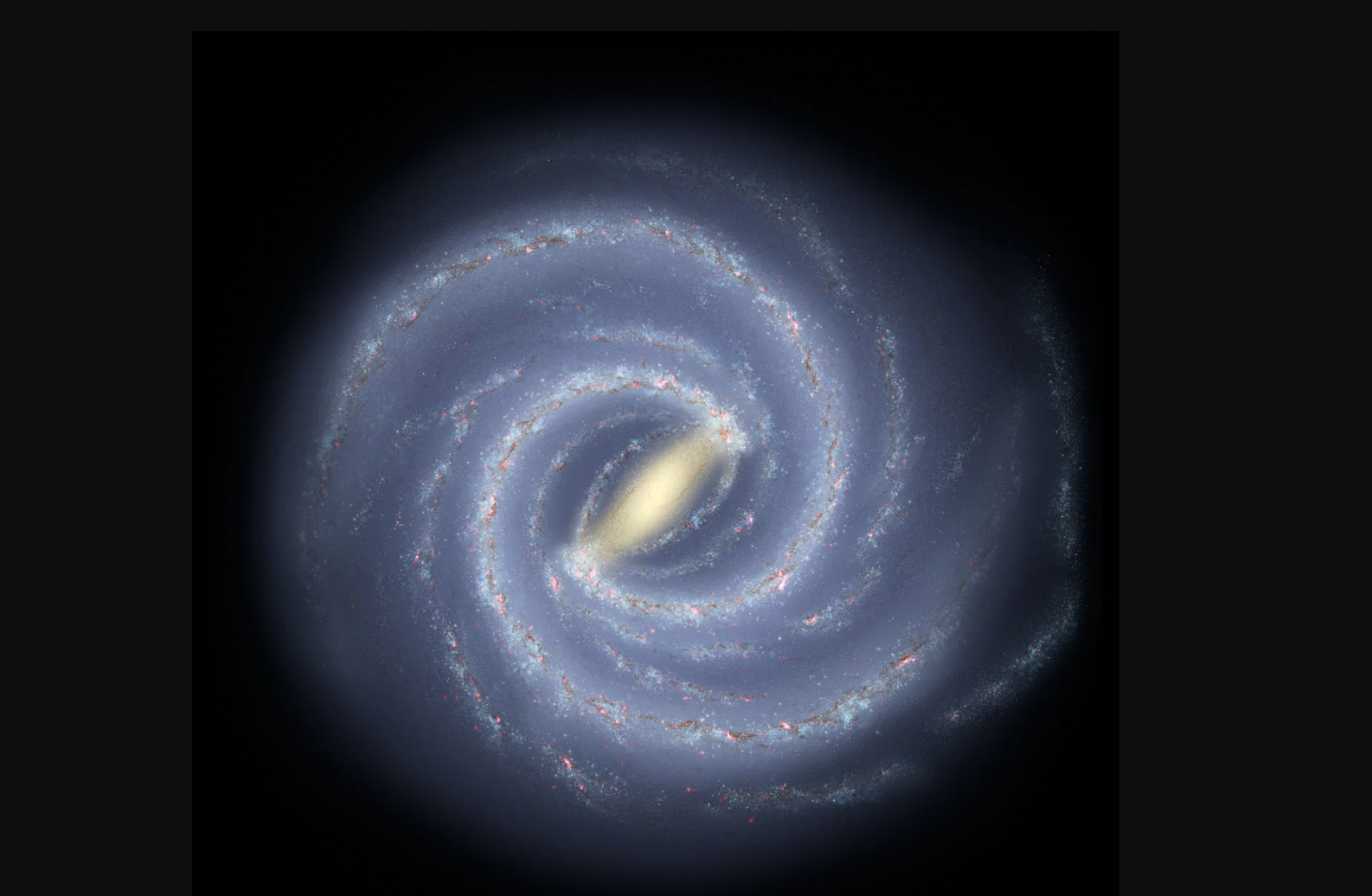The biography of our home galaxy may require some modifications. This is because the collection of bar-shaped stars at the center of the galaxy appears much smaller than expected.
The bar is a characteristic element of our galaxy (SN: 6/25/21). It spans thousands of light-years and connects the stars to the galaxy’s spiral arms, making them resemble jets of water flowing from a spinning lawn sprinkler. In computer simulations of galaxy evolution, the bar forms at the beginning of the galaxy’s life, which lasts about 13 billion years. However, the age and location of the metal-rich stars suggest that the formation of the bar ended several billion years ago, scientists say. The study, uploaded Nov. 28 to arXiv.org, is published in the journal Astronomy and Astrophysics Letters.

“These metal-rich stars resemble the fossil record of ancient stars that tells the history of our home galaxy,” says astrophysicist Samir Nepal of the Leibniz Institute for Astrophysics in Potsdam, Germany.
Stars containing large amounts of metallic elements are formed from the remains of stars that exploded, spewing out metals composed of lighter elements. Ejected metals enrich material in the centers of galaxies like the Milky Way, so a new generation of metal-rich stars can only form inside galaxies. Then, a spinning belt in the center of the galaxy scattered some of these stars into our galaxy.
Using data from the European Space Agency’s Gaia space telescope, Nepal and colleagues reconstructed the evolution of the Milky Way for its impact on the distribution of metal-rich stars (SN: 5/9/18). He guessed the history of the bar, just as you can watch the flight of balls hit by batters in a baseball game and guess where they are, even though you can’t see home plate.
By determining the age of metal-rich stars, scientists identified a burst of star formation in the central part of the galaxy that ended about 3 billion years ago. Scientists say that the recession marks the end of the growing phase of the Milky Way’s bar. After that explosion, the flow of new material into the bar probably slowed significantly, he says. This suggests that the bar we see today is a stable object, about 10 billion years younger than the entire galaxy.
Christina Chippini, an astrophysicist at the Leibniz Institute for Astrophysics in Potsdam, says the new information about metal-rich stars from data from the Gaia telescope is “like the tip of the iceberg.” Assuming the revised bar age estimates are confirmed, future models of galaxy evolution will need to explain why the bar evolved so late.
Ortwin Gerhard, astrophysicist from the Institute of Extraterrestrial Physics. Max Planck in Garching, Germany, who was not involved in the study, says the study has broader implications beyond correctly understanding the history of our galaxy. “The potential for detailed observations of the motion and chemical composition of stars in the Milky Way, particularly based on [data] from the Gaia satellite,” he says, “means we can learn more about the evolution of the bars [read more in the galaxy article]… they may hope they learn.” ], examining bars in the galaxy in general.
